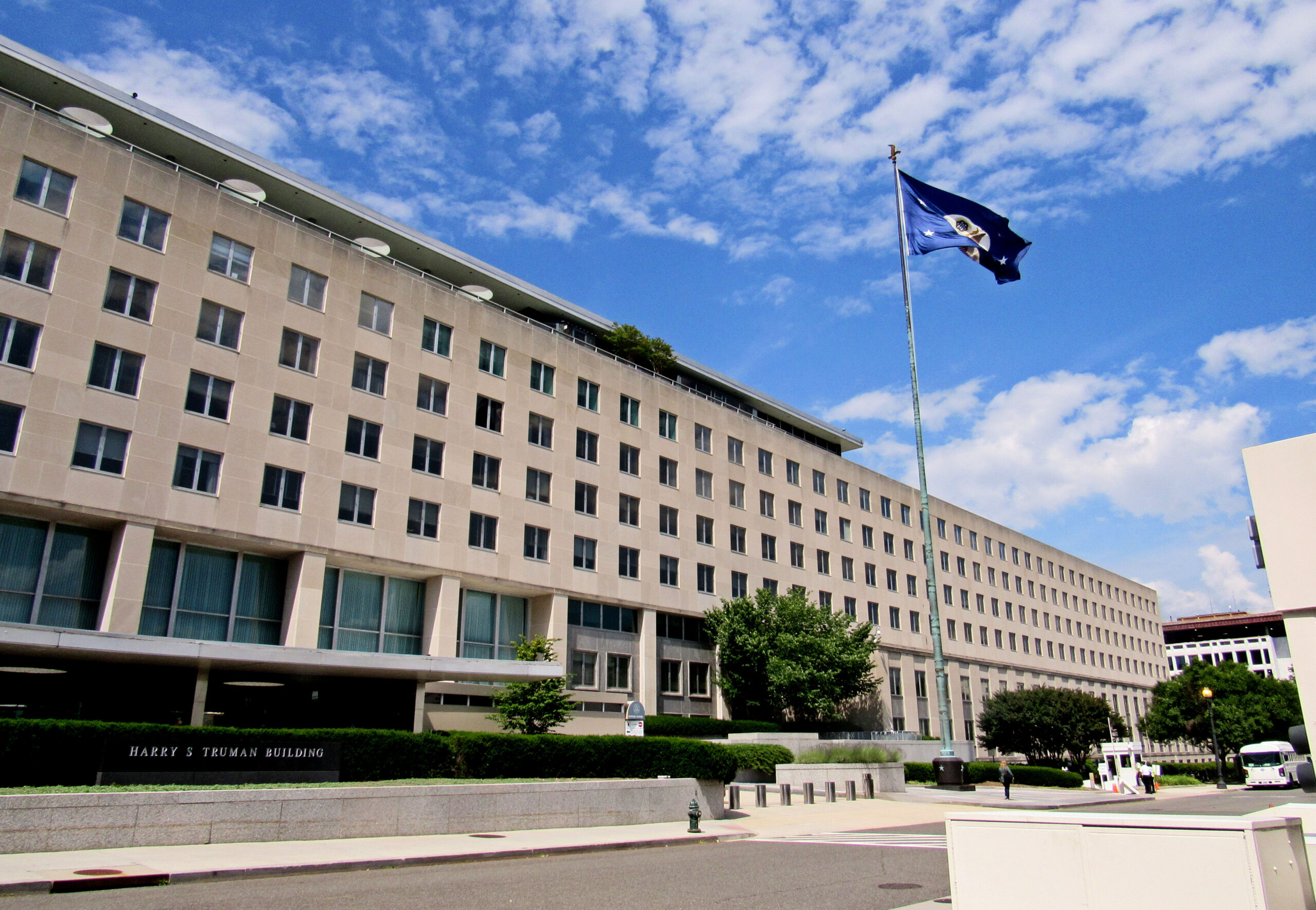
It’s intriguing how upcoming musicians are not just shaping cultural landscapes but also influencing economic trends. These artists bring fresh sounds to the industry, often propelling shifts in consumer behavior and creating new market opportunities.
As these musicians rise in popularity, they impact everything from streaming services to merchandise sales and live event revenues. This ripple effect can be seen across various sectors, influencing how businesses strategize their affiliations and promotions.
In this article, we will explore how upcoming musicians are influencing economic trends.
Streaming Success Sparks Growth
One significant way upcoming musicians influence economic trends is through streaming platforms.
As new artists gain traction, their music often captures the attention of wider audiences, leading to increased streaming numbers. This surge not only benefits the musicians but also boosts the revenues of streaming services like Spotify and Apple Music.
Moreover, this streaming success prompts further investments in technology and infrastructure to support high demand. Record labels and investors keenly observe these metrics to decide where to channel their funds, often opting to support emerging talents who show potential on these platforms.
That means when these artists drive up streaming figures, they directly contribute to the growth of not just the music industry but also related tech sectors.
Merchandising Magic Unleashed
Besides driving up streaming figures, upcoming musicians also bring a unique flair to branding and merchandise, which can lead to notable economic impacts.
As fresh faces climb the charts, fans rush to connect with them on a personal level – often through purchasing branded products like t-shirts, hats, and posters. This enthusiasm translates into significant revenue boosts for apparel manufacturers and retailers.
Furthermore, the popularity of merchandise from rising artists drives collaborations between these musicians and fashion labels or lifestyle brands. Such partnerships not only expand the artists’ reach but also influence consumer spending habits and trends in the fashion industry and other retail sectors.
Live Performances Fuel Local Economies
The allure of live music, especially from emerging artists, has a remarkable effect on local economies. When upcoming musicians tour or play at festivals, they draw crowds – not just locals but often fans traveling from other areas. This influx can significantly boost revenue for nearby businesses such as hotels, restaurants, and transport services.
Additionally, concert venues and event organizers see direct financial benefits from ticket sales and vendor fees. The economic activity generated by these events extends beyond the show day itself; cities hosting concerts might experience a sustained increase in tourist visits if they become known as hubs for live music. This vibrancy attracts further investments into local infrastructure and entertainment offerings.
Expanding Digital Ecosystems
Catalyzing growth within the digital ecosystems surrounding music production and distribution is another way upcoming musicians influence economic trends.
As new artists emerge, there’s a burgeoning demand for specialized services such as digital marketing, social media management, and multimedia production. This demand encourages the proliferation of start-ups and growth in existing companies offering these services.
The need to stand out in a crowded market propels artists to leverage innovative digital tools and platforms, from augmented reality concert experiences to AI-driven music composition software.
This not only helps musicians carve their niche but also stimulates technological advancements and employment in creative tech industries. Hence, emerging artists indirectly foster broader economic development through their reliance on cutting-edge technology.
Cultural Tourism and Its Economic Implications
The rise of upcoming musicians does not stop its impact on extending digital ecosystems; it also sparks increased interest in cultural tourism. Fans frequently travel to attend concerts, explore music festivals, or visit locations significant to an artist’s background or song themes. This movement enhances not just the airline and accommodation sectors but also local attractions, eateries, and retail stores.
Cities recognized as music hotspots can significantly benefit from this trend by attracting international tourists who wish to immerse themselves in a vibrant cultural scene.
Additionally, these destinations might host exhibitions or pop-up events dedicated to popular new artists, thereby reinforcing their status as cultural centers. Thus, emerging musicians play a pivotal role in shaping travel patterns and consequently boosting the economic vitality of their hometowns and frequented cities.
Redefining Advertising and Brand Endorsements
The influence of upcoming musicians also extends into the realms of advertising and brand endorsements.
As these artists gain popularity, brands are eager to align with their fresh image and broad fappeal, especially among younger demographics. This partnership offers a unique platform for companies to market their products in more relatable and contemporary ways.
Emerging musicians often become ambassadors for fashion lines, tech gadgets, or lifestyle products, weaving their personal stories with brand narratives. This not only boosts sales but also enhances brand visibility across various media platforms.
The synergy between new artists and commercial brands thus creates dynamic marketing strategies that resonate well with current consumer trends, significantly impacting economic activities related to advertising and sales. As emerging musicians influence fashion and tech trends, it’s important to note how audio gear like headphones plays a role in experiencing music to its fullest. With so many options available, understanding the types of headphones on the market is crucial for fans looking to immerse themselves in the music of these up-and-coming artists.
Influence on Music Distribution Platforms
Building on their role in advertising, upcoming musicians also significantly impact music distribution platforms. When artists release music on Apple Music or Spotify, they attract not only streams but also subscribers who want continuous access to their favorite tracks. This increase in user engagement boosts the platform’s revenue and its appeal to advertisers seeking targeted ad placements.
Moreover, this surge compels these streaming giants to innovate constantly, enhancing user experience with algorithm improvements and personalized playlist features designed to keep listeners tuned in longer.
Consequently, as emerging musicians draw more listeners through their releases, they indirectly drive technological advancements and growth strategies within these digital ecosystems.
In Conclusion…
The impact of upcoming musicians on economic trends extends far beyond their music. From boosting streaming platform engagement and fostering growth in related technological fields to promoting cultural tourism and redefining traditional advertising strategies, these artists play a crucial role in various sectors.
Their influence helps shape market dynamics, drives innovation, and even affects consumer behavior across global economies.
As we continue to witness the rise of new talents, it’s clear that their contributions are integral not just to entertainment but to broader economic development as well.
Interesting Related Article: “Unlock Your Music’s Potential: The Best Music Converters in 2023“














